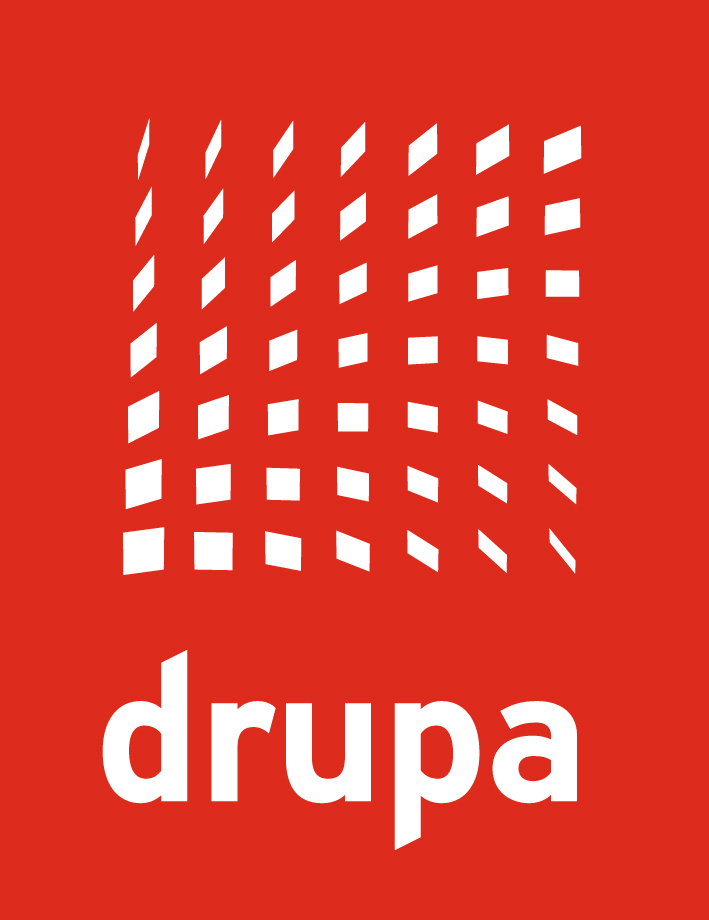How Sound Waves Revolutionize 3D Printing
Time:2018-11-19 From:
Using sound waves to print droplets of viscous materials and metal: Researchers at Harvard University made it possible. They developed a new printing process, which is quite promising for the pharmaceutical and many other industries.

Header Picture: Daniele Foresti, Jennifer A. Lewis/Harvard University
Researchers from Harvard University have developed a new printing process that uses sound waves to produce droplets of viscous materials and metal. This method can be used to produce biopharmaceuticals, cosmetics, food as well as optical and conductive materials.
We’ve overcome the times when printing was just a method of putting text and images on paper a while ago. Printing techniques such as 3D printing are used to produce customized electronics and magnets, as well as implants, microcapsules and tissue for medical applications and even aircraft components.
The Solution for Printing Viscous Materials
However, one application has been a problem so far: printing droplets of viscous materials, such as those required for cell solutions or biopolymers in biomedical applications. These solutions usually have a viscosity that is at least 100 times higher than that of water, and some are even more viscous. As Daniele Foresti from Harvard University and his colleagues explain, they are therefore not suitable for common inkjet or electrohydrodynamic printing techniques.
“Our goal was therefore to develop a pressure system that would function regardless of the material properties of the liquid,” explains Foresti. The idea was to use sound waves to pull viscous droplets out of the nozzles and bring them to the right size. It has long been known that acoustic fields exert a force on objects and can even make them float.
Using the Potential of Acoustic Forces in Printing
“By using acoustic forces, we’ve created a new technology that makes it possible to print a variety of materials in drop form as needed,” explains Jennifer Lewis from Harvard University. “It’s exciting, because it can be applied to a very broad range of liquids.”
For their “Acoustic printer”, the researchers built an acoustic resonator that uses ultrasound waves to generate a focused acoustic field that is extremely amplified by resonance. This field can reach frequencies of up to one megahertz and exerts a force that can exceed the force of gravity at the printer nozzle by a factor of one hundred, as Foresti and his colleagues report.
The scientists have tested their method on materials like honey, stem cell fluid, biopolymers and liquid metal. With the new printing technology, electronic components, but also pharmaceutical capsules or biomedical test kits could be produced more easily than before, say the scientists.
An Important Breakthrough for Many Industries
Additionally, they have already produced a microlens from an array of optically active resins. Because more than 99.9% of the intensive sound waves are reflected by the surface of the drops, living cells or sensitive molecules in the dilutions are not damaged, as the researchers report.
“Our technology could be of direct importance to the pharmaceutical industry,” says Lewis. “But we believe that this technology could also become an important platform for other industries.”

